With frequent Tea drinking, one tends to often change cups. We use cups of different textures, colors, shapes, sizes, heights, thicknesses, and more to appreciate tea, which can present different characters in the infusion, sometimes with surprisingly large differences.
The power of a teacup is enough to alter the flavor of the tea.
Teacup names are usually related to their shape, while glaze, patterns, and craftsmanship also play a part. Today, let's appreciate the beauty of tea ware and learn some names of Teacups you may have seen but didn't know about.
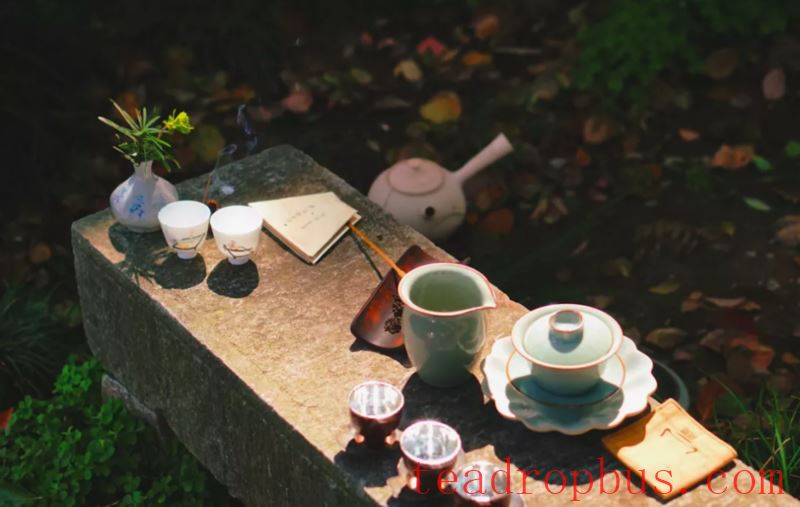
1. Zhan (Bowl)
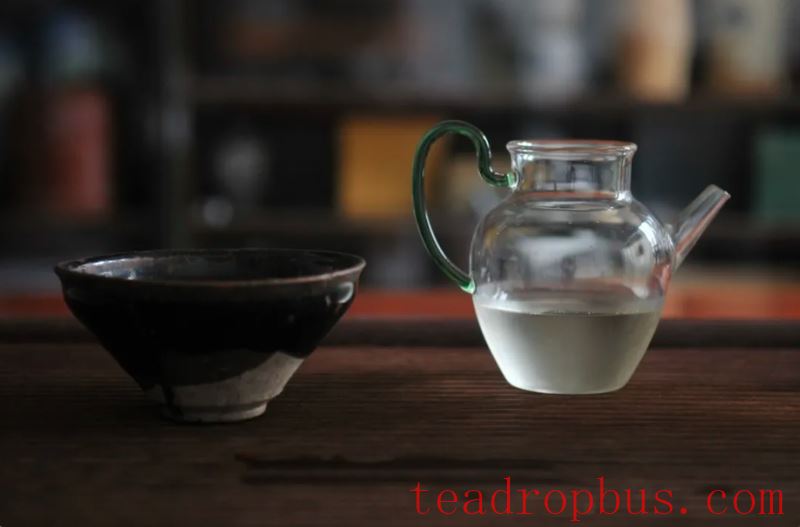
A vessel used for holding liquids, typically made of Ceramic, wood, bamboo, metal, etc. During the Song Dynasty, there were black, white, soy sauce, green, white, and bluish-white glazed tea bowls, with black glaze being the most valuable.
The Jian bowl is a traditional Chinese porcelain and was the imperial tea utensil of the Song Dynasty. The rim has a thinner layer of glaze, while the bottom of the interior is thicker; the exterior is often half-glazed to prevent sticking during firing. Due to the mobility of the glaze at high temperatures, there is a hanging glaze phenomenon, commonly known as “glaze tears” or “glaze droplets,” which is one of the features of Jian bowls.
2. Bell-Shaped Cup
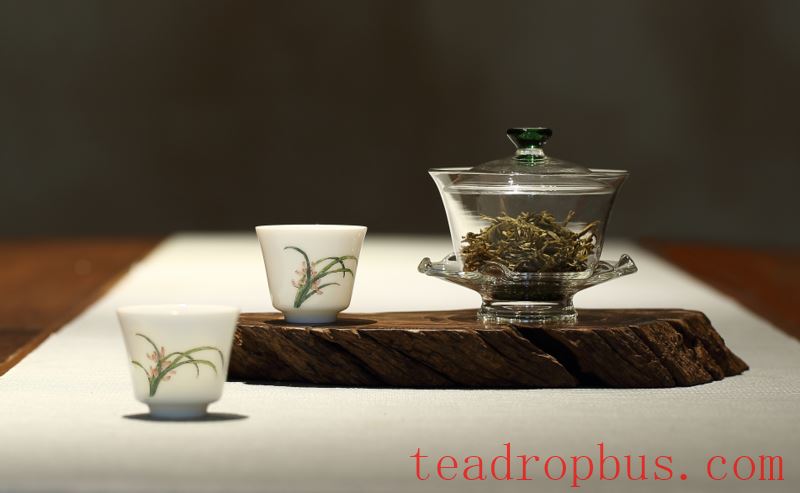
When inverted, it resembles a bell shape. The cup is tall and elegant, easy to hold, and suitable for smelling the aroma. It integrates functions like locking in the aroma, smelling the fragrance, and tasting the tea, making it a popular style in recent years.
3. Hand-Pressing Cup
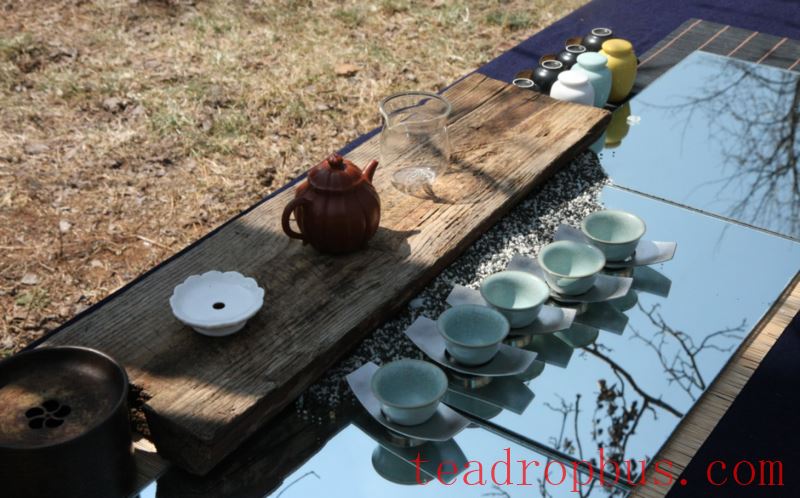
The rim is flat and slightly flared outward, the body is nearly vertical, and the lower part of the belly is inwardly curved, with a ring foot. When held in the hand, the slightly flared rim fits perfectly along the edge of the hand. Its size and weight are moderate, fitting comfortably in the hand, hence the name “hand-pressing cup.” The most famous is the Yongle blue-and-white hand-pressing cup from the Ming dynasty.
4. Octagonal Cup
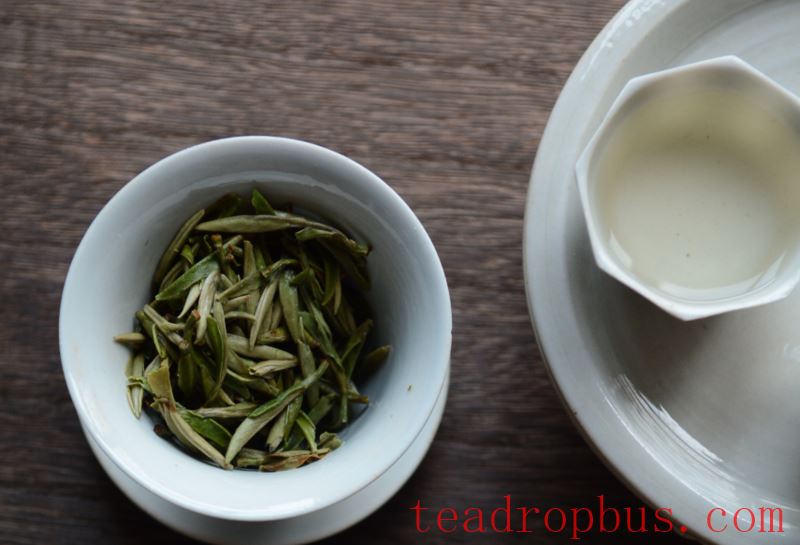
“Eight directions converge, gathering qi and blessings.” Any tea cup collector will have an octagonal cup. Its shape and size are appropriate, with an octagonal form that stands upright, clear lines, and distinct edges. The octagonal sides flow straight and upward, square yet curved. An octagonal cup with a curved inner surface is even more appreciated, combining squareness and roundness. It tapers at the bottom and opens at the top, warming the tea quickly and making it convenient for tasting and observing the color of the infusion.
5. Rice-Hat Cup
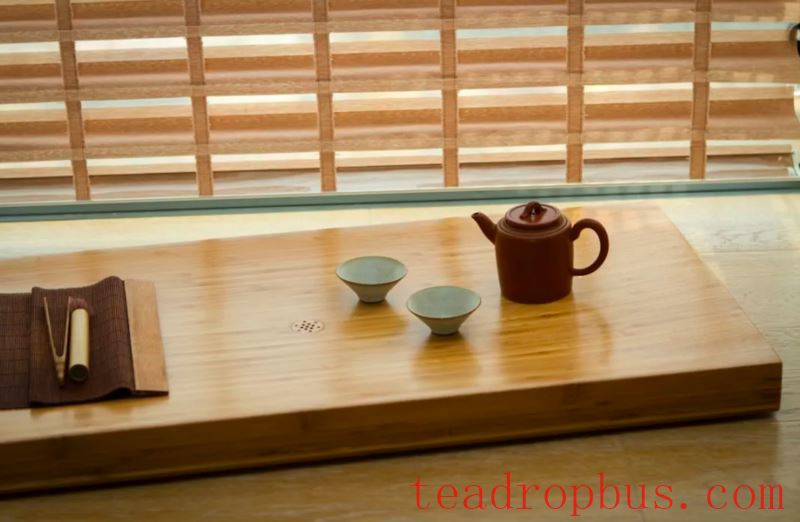
A rice hat is an ancient tool for protection from rain and sun, still commonly seen in mountain villages and water towns. The rice-hat cup resembles the hat worn by farmers, with a wide opening and a small base, capturing the peaceful beauty of nature. Its lines are simple and elegant, and it is challenging to fire, revealing great wisdom in its simplicity, making it particularly precious. Holding the cup and sipping tea is akin to Jiang Shang on the Wei River, contemplating the world amidst mountains and rivers and perceiving profound wisdom in ordinary life.
6. Flower Deity Cup
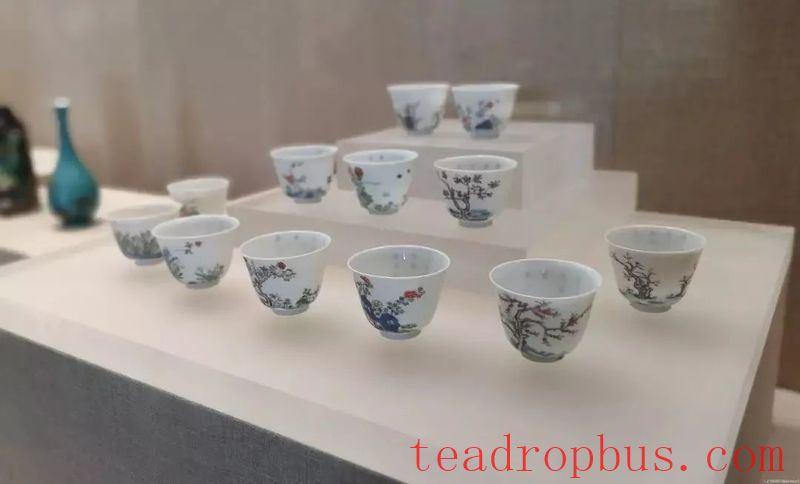
Derived from the “Twelve Flower Deity Cups” style from the Kangxi period, originally painted with flowers, later ceramic artisans used various glazes to make porcelain and painted various patterns based on this cup shape. The floral designs on the cup walls are hand-painted by artists on a plain clay body, using underglaze painting techniques. The patterns are clear and simple, yet elegant.
7. Round Harmony Cup
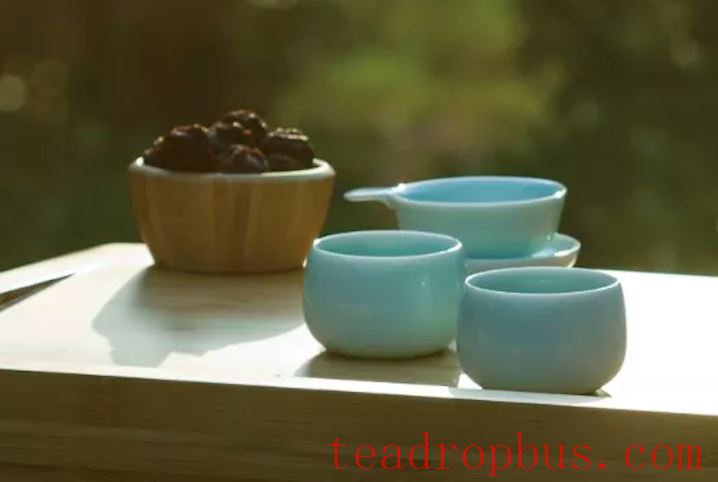
The belly is slightly bulging outward, and the rim is slightly drawn inward, which is both realistic and normal. However, its ability to gather aroma and flavor is noticeably better, providing the best overall taste experience. This cup is great, with a large belly that can hold much.
8. Chicken Bowl Cup
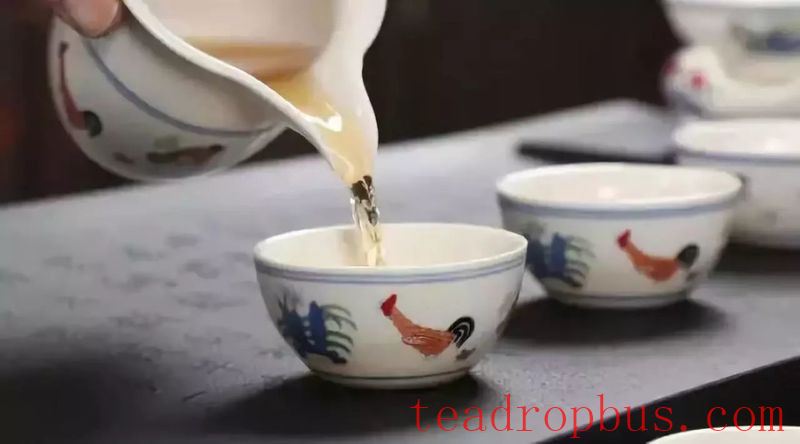
Flaring mouth, shallow belly, and reclining foot. The cup is decorated with roosters, hens, and chicks, interspersed with rocks, orchids, and peonies, hence named the chicken bowl cup. Chicken bowl cups with Chenghua doucai once gained widespread fame. Each subsequent dynasty in the Qing period had imitations, especially those from the Kangxi and Yongzheng periods, which were almost indistinguishable from the originals.
9. Reclining Foot Cup
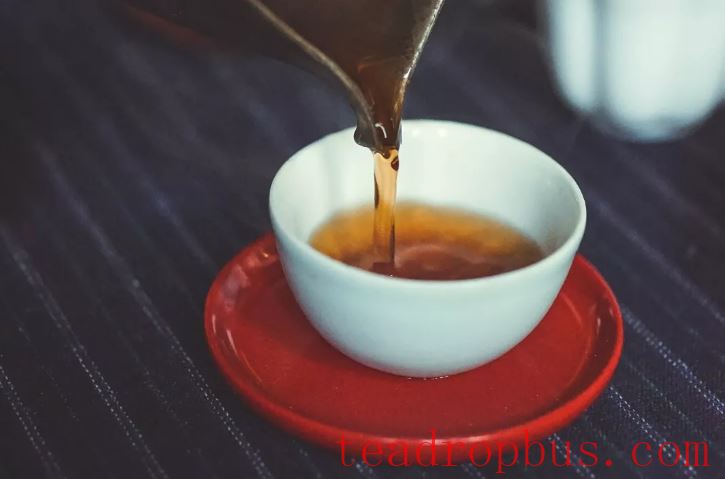
The reclining foot cup was popular during the Ming and Qing dynasties, named after its bottom without a ring foot, instead featuring a concave reclining foot. Varieties include white glaze, blue and white, polychrome, fencai, and ink painting.
10. Arhat Cup
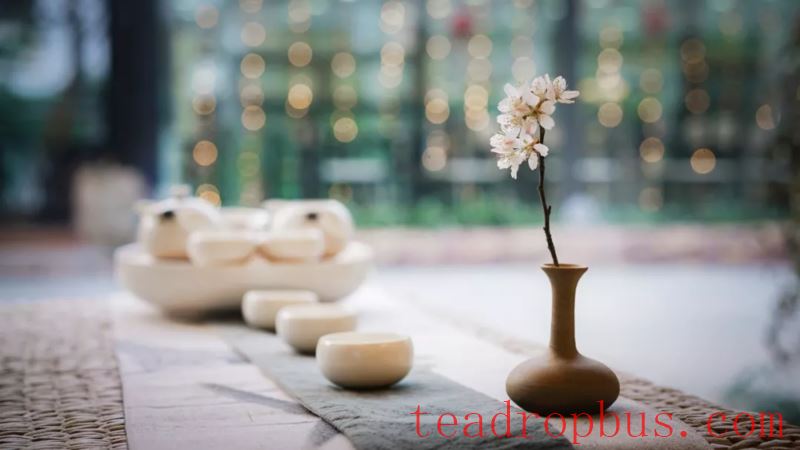
Inspired by the traditional arhat jar, the design is inspired by the eighteen arhats of Buddhism. Typically, white porcelain arhat cups are bright, lustrous, and full. There are also Ru kiln white glaze and celadon arhat cups, which are as smooth as jade, displaying a simple yet understated sheen. As such, they are artistic treasures that combine appreciation, collection, and practical use.
11. Bell Cup
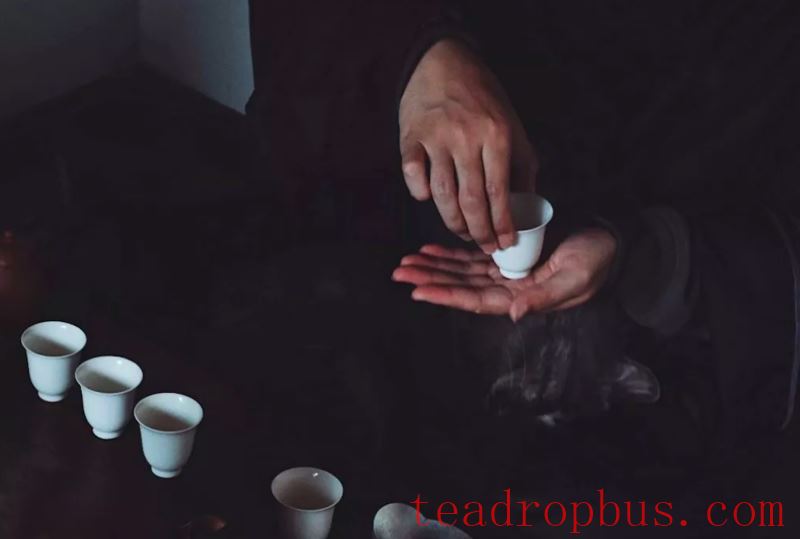
Also known as an upturned bell cup, golden bell cup, or gong-shaped cup, it was popular during the Ming and Qing dynasties. The mouth flares outward, the belly is deep, and it has a ring foot. Inverted, it resembles a bell, hence the name. During the Chenghua, Jiajing, and Wanli periods of the Ming Dynasty, there were varieties of white glaze, doucai, and blue and white. By the Qing dynasty, during the Kangxi and Yongzheng periods, there were blue and white, polychrome, and other types. This type of cup is currently the most commonly seen on the market.
12. Horse Hoof Cup
Popular during the Ming and Qing dynasties. The mouth flares outward, the belly slopes inward, and the bottom is concave with a small flat bottom. Most official kiln pieces have year marks on the bottom. Inverted, it resembles a horse hoof. During the Ming Dynasty, it was common to find variants like cobalt blue, sprinkled blue, peacock blue, and white glaze. In the Yongzheng period of the Qing Dynasty, it became more prevalent, often made with doucai, frequently decorated with four flower motifs on the belly.